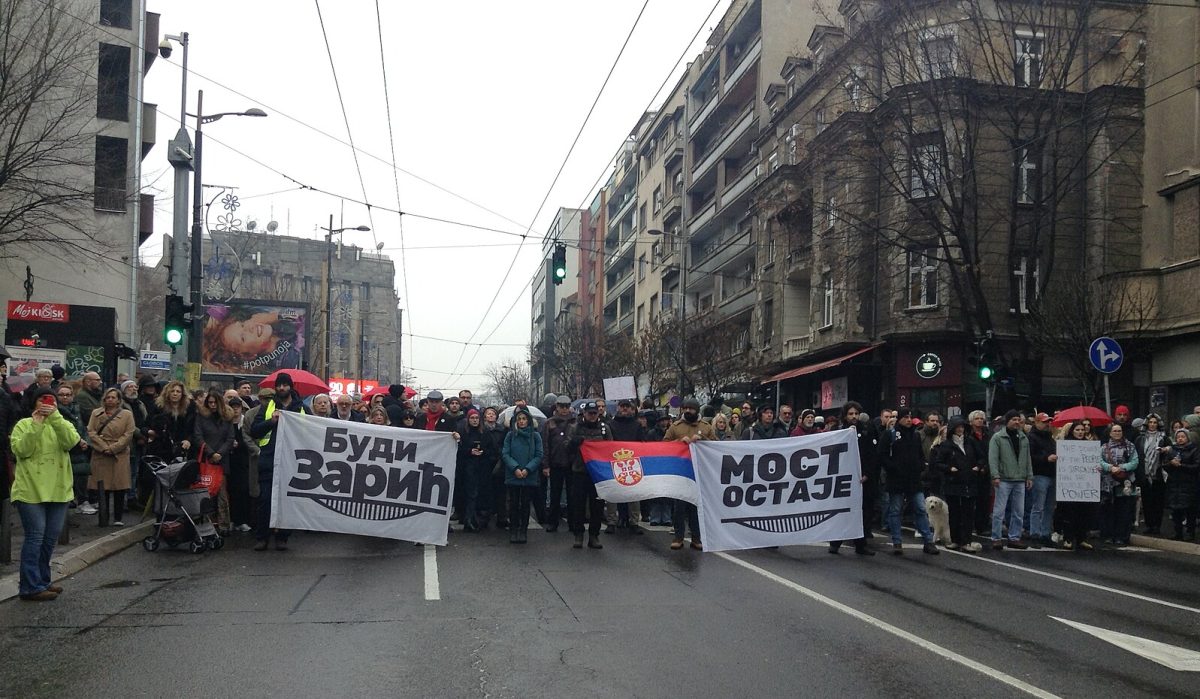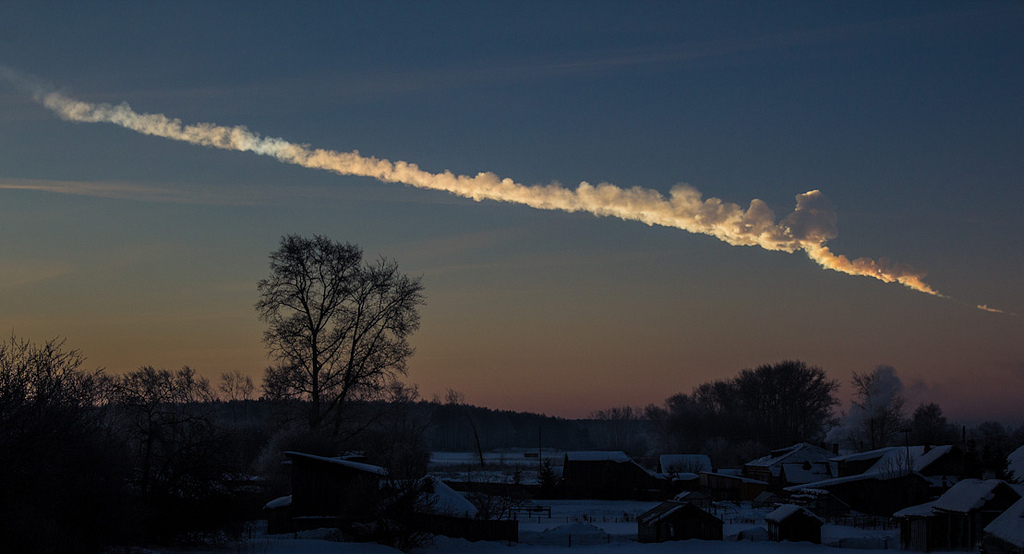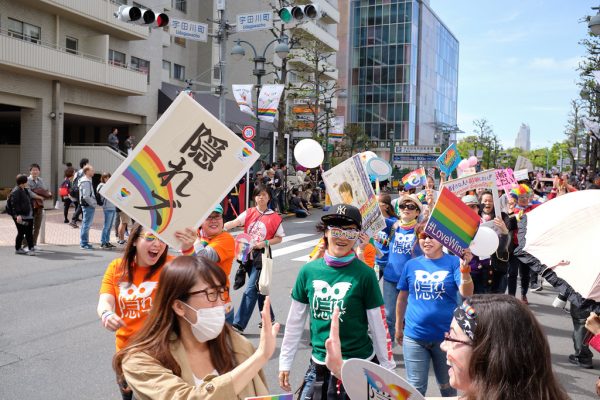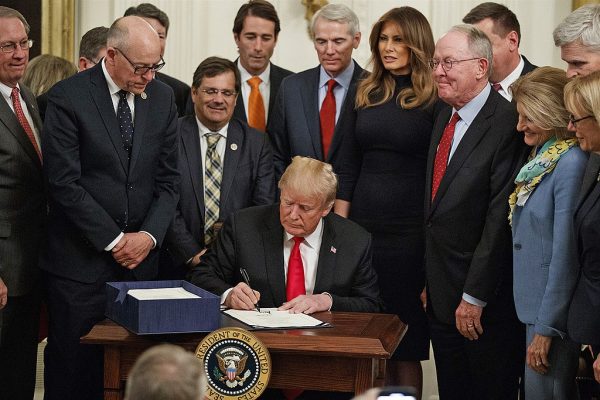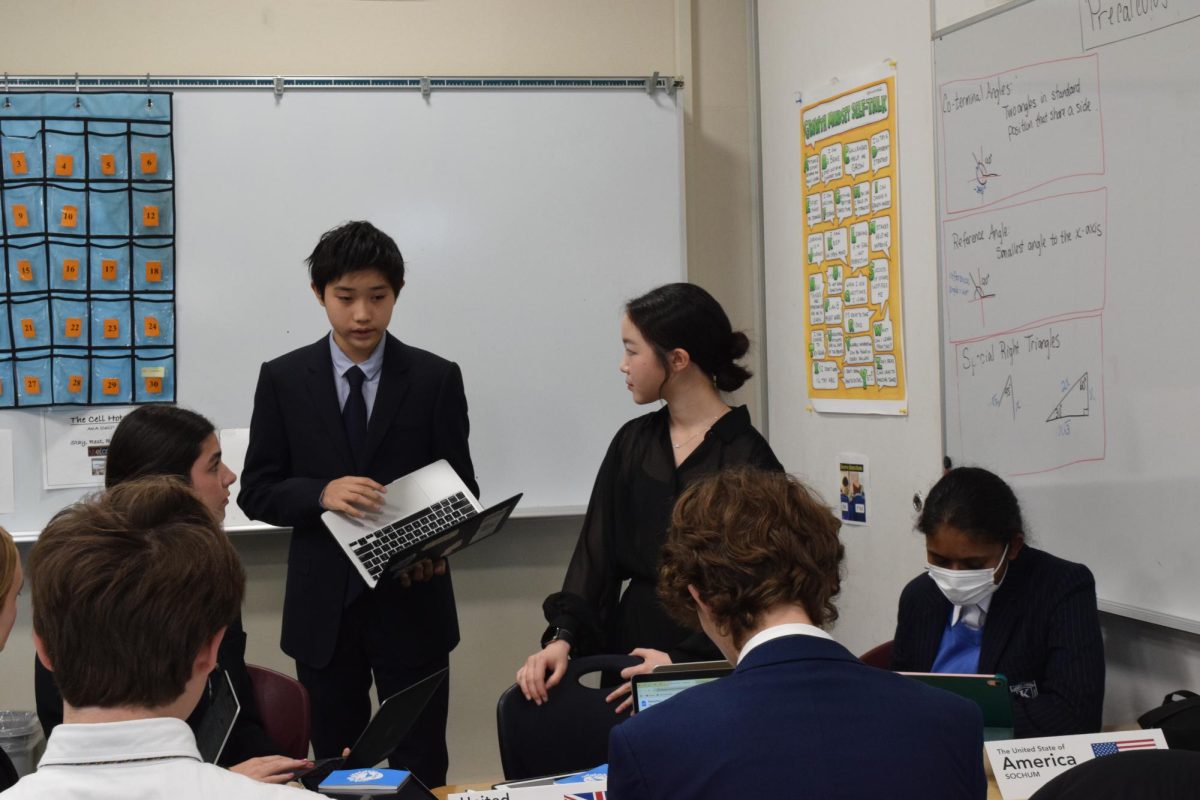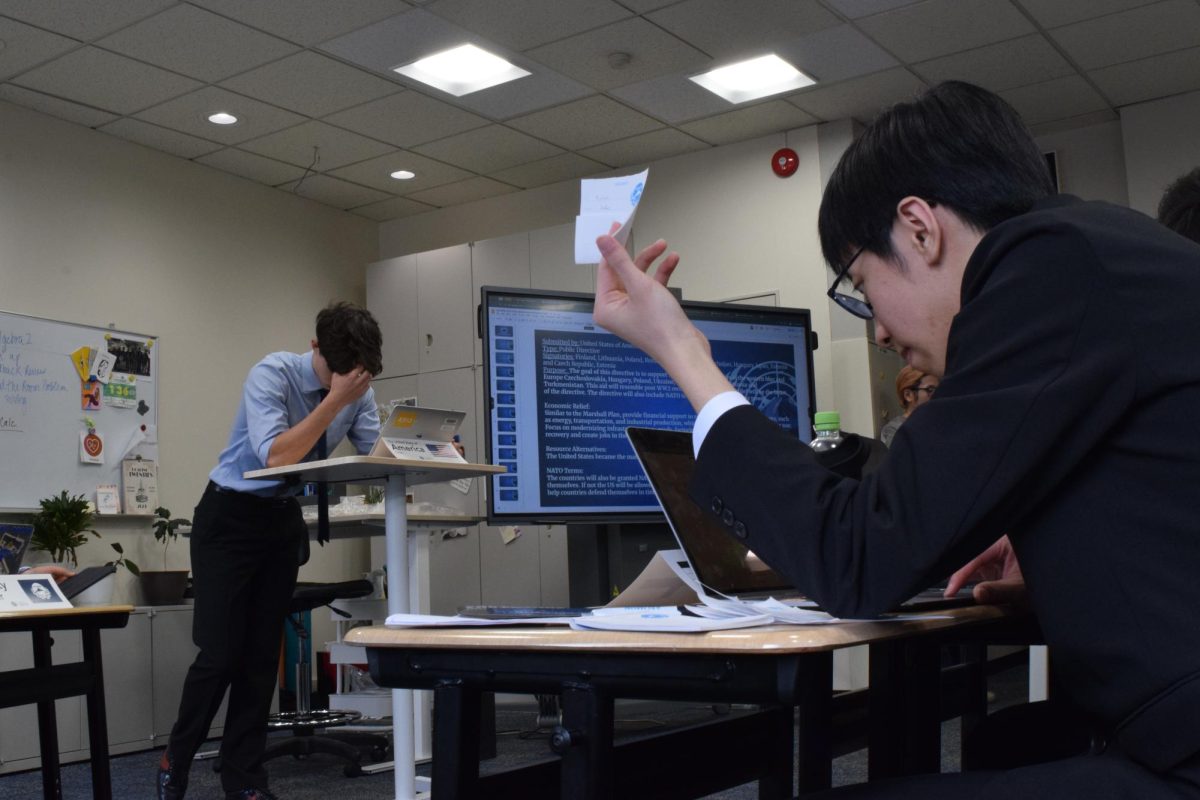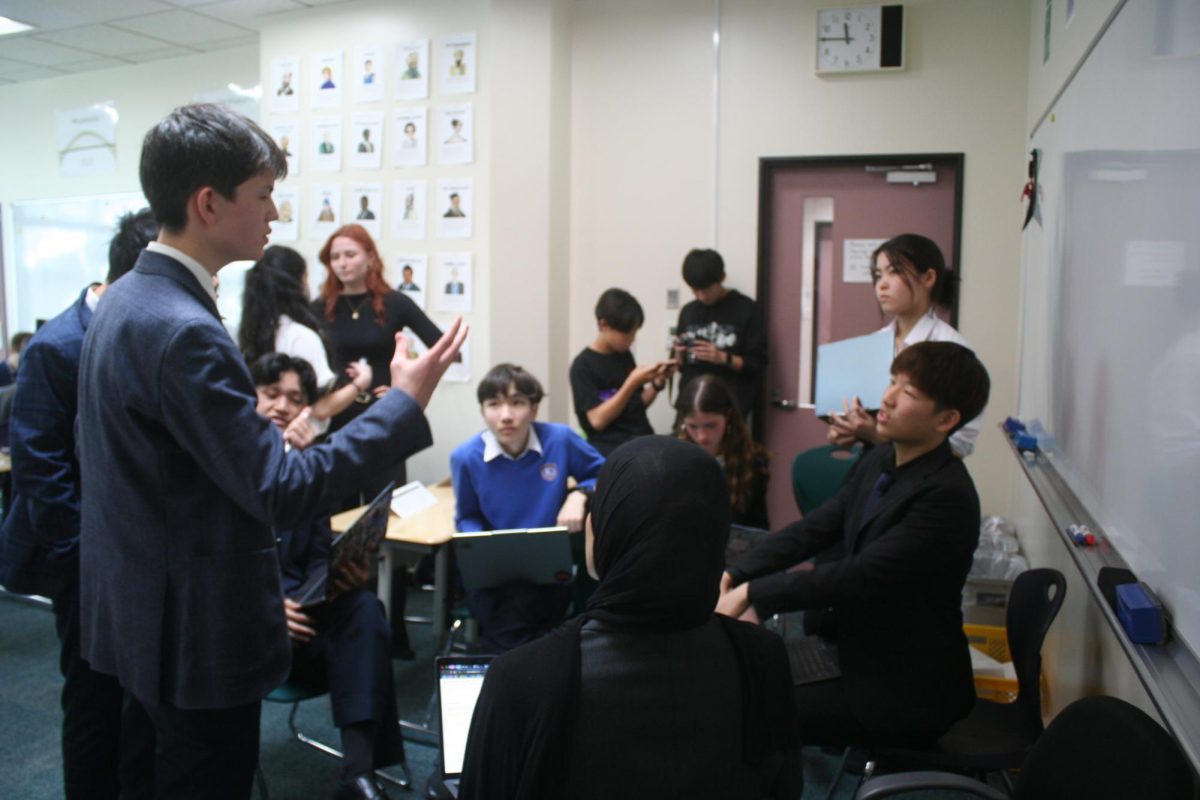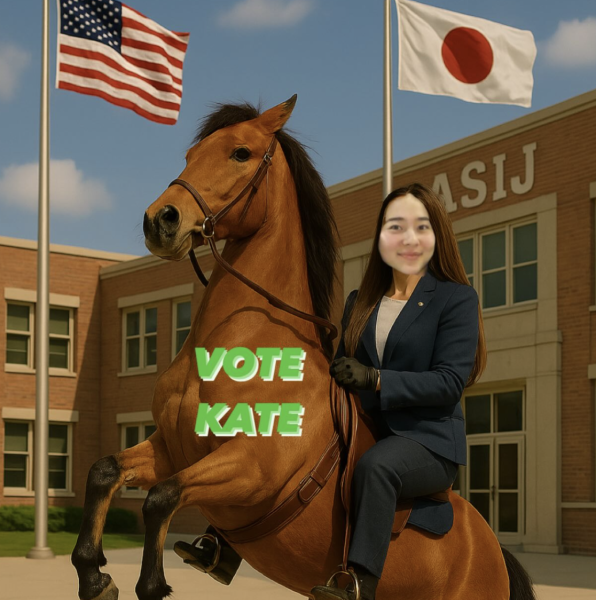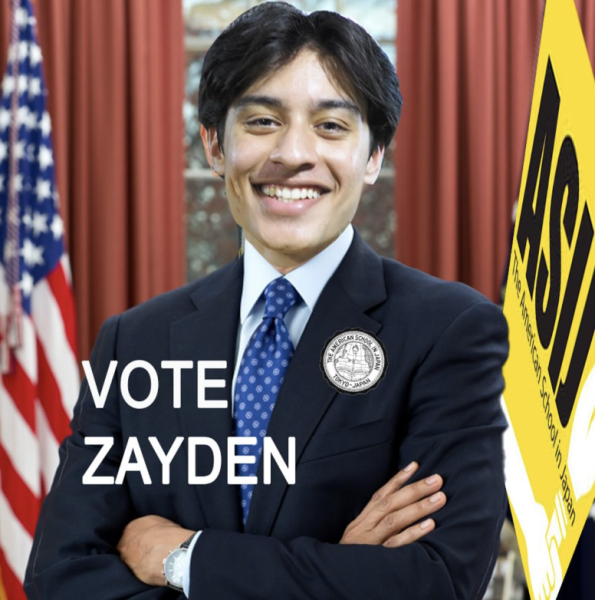The Rittenhouse Case Reflects the Failing U.S. Justice System
December 14, 2021
Think back to when you were younger, maybe 6 to 7 years old. What did you want to be when you grew up? A doctor? A football player? An astronaut? Perhaps even a police officer? The phrase ‘police officer’ used to evoke feelings of safety, kindness, and friendliness. But nowadays, many people feel the polar opposite, especially in America. So how did this view come to fruition?
Since 2020, tens of thousands have rallied in U.S. streets to protest the unjust killings of African-Americans. These victims included George Floyd, Breonna Taylor, Elijah McClain, and Ahmaud Arbery. Yet whilst these protests occurred, violence continued to plague the African American community. Another target, Jacob Blake, was 29 years old when he was shot seven times and paralyzed by the police on August 23, 2020. This again sparked outrage, causing protests stretching across the country from Oregon to New York.
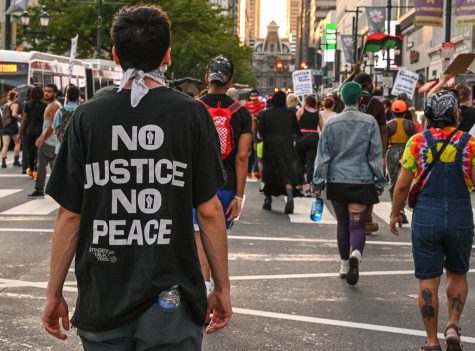
A recent attack in Kenosha, Wisconsin stands out in particular. This shooting resulted in the deaths of two protestors, Joseph Rosenbaum and Anthony Huber, and the severe injury of Gaige Grosskreutz. The shooter, Kyle Rittenhouse, was 17 at the time and was armed with an AR-15. His trial recently came to a close, and he was found not guilty, after justifying his actions through self-defense.
But Rittenhouse’s verdict is a travesty, as his violent attack was swept under the rug by the justice system. There is an obvious bias in this system, targeted against those in support of the Black Lives Matter movement. Continued gun violence in America is permitted through the loose laws regarding firearms and exacerbated by verdicts such as these.
The initial killing of Joseph Rosenbaum, who was 36 at the time, occurred after Rosenbaum had briefly followed Rittenhouse in a parking lot. On tapes that were played during the trial, Rosenbaum is seen moving closer towards Rittenhouse and then is shot four times, the most fatal bullet to his back as his body leaned forward. Because Rittenhouse was the clear instigator of the incident, his claim to self-defense should have been inapplicable.
Directly following this murder, Anthony Huber, 26, rushed over to Rittenhouse and the other armed men he was walking with, all of whom had begun to flee after the killing. Huber, in an attempt to protect those around him (including his girlfriend), grabbed at Rittenhouse’s firearm with one hand. In the other was his skateboard, which his family’s attorney described as being “one of the biggest joys in his life.” According to Rittenhouse, Huber had struck him over the head with the skateboard before attempting to grab the gun, which is when Rittenhouse shot him once, killing Huber.
The third victim, 27-year-old Grosskreutz, was not killed, but heavily injured by a shot to the bicep. Grosskreutz, having been trained as a paramedic, said he was there to provide medical aid, even wearing a hat displaying the word “Paramedic.” After being informed of an active shooter, he approached the scene, where Rittenhouse was holding a handgun in one hand, and a phone in the other. While Rittenhouse’s attorney claimed Grosskreutz should have retreated instead of approaching, the prosecutor revealed (through video footage) that Grosskreutz initially backs up from Rittenhouse, before being jerked back by the sudden shot. Grosskreutz, still agonized by the injury, has sued numerous Kenosha officers and the county itself.
Rittenhouse’s verdict is a disappointment to all those who believed in America’s justice system. It is yet another example of how rampant gun violence and systemic racism are far too common in today’s society. Shootings like these, and how juries can see these shooters as innocent, strikes fear in protestors and limits the voices of the Black Lives Matter movement. The U.S. has shown that it cannot provide safety for those trying to promote peace and equality. If killers can walk the streets freely, how can anybody ever feel safe?







